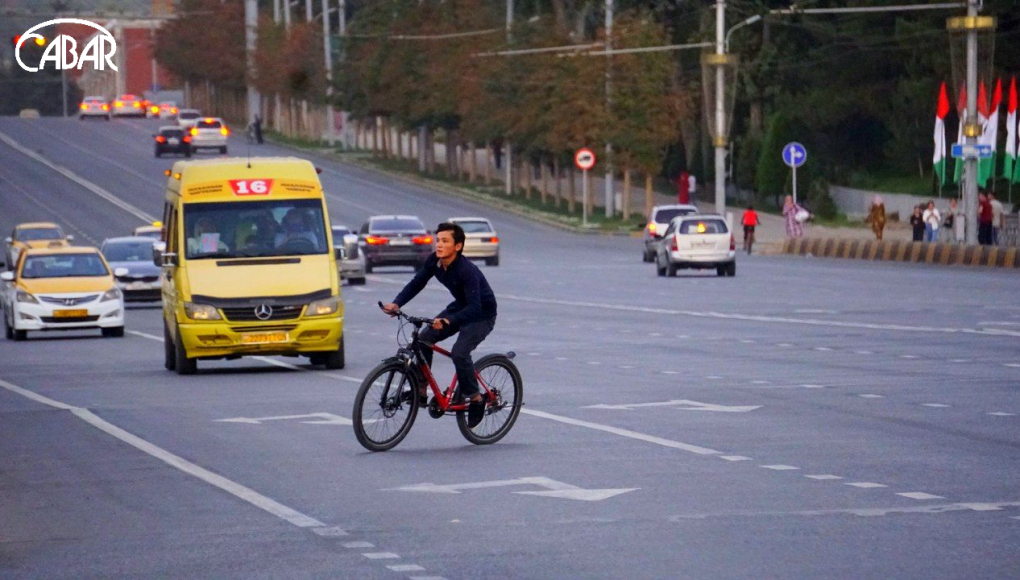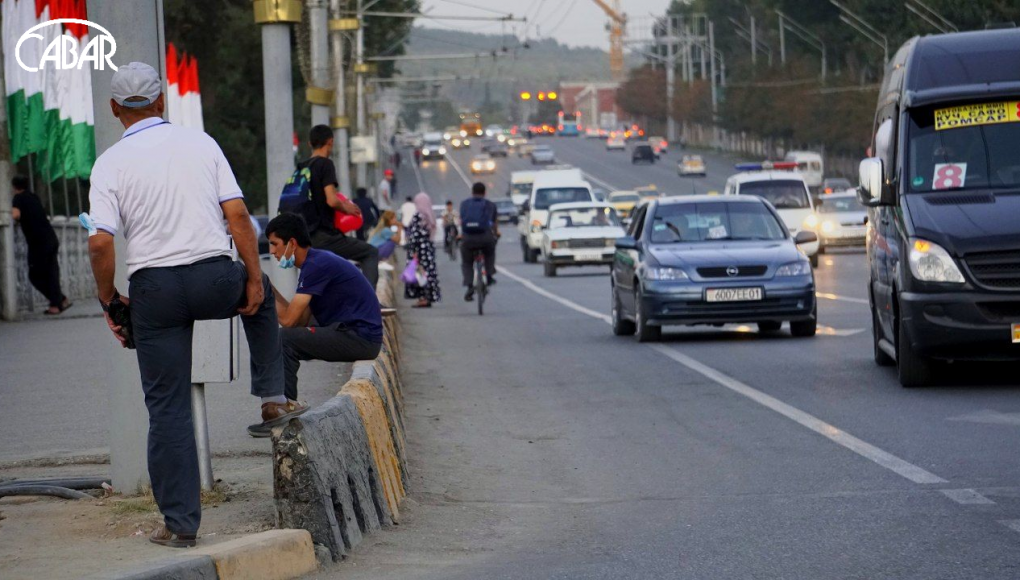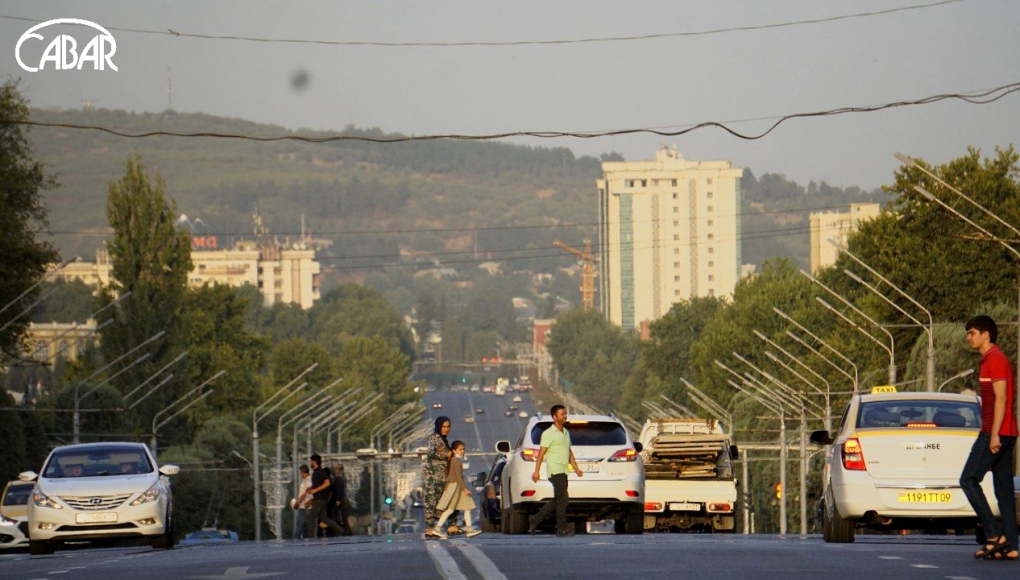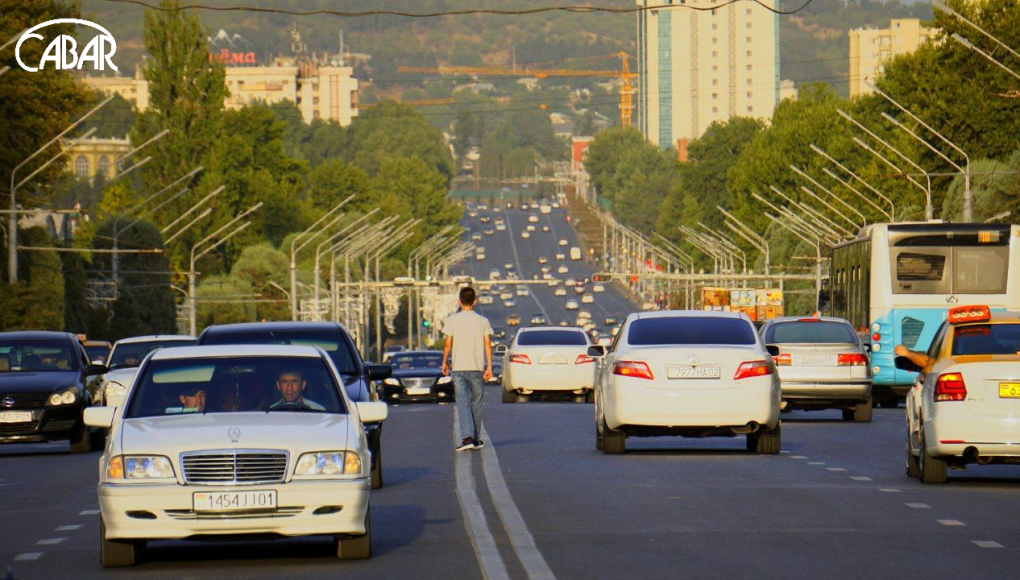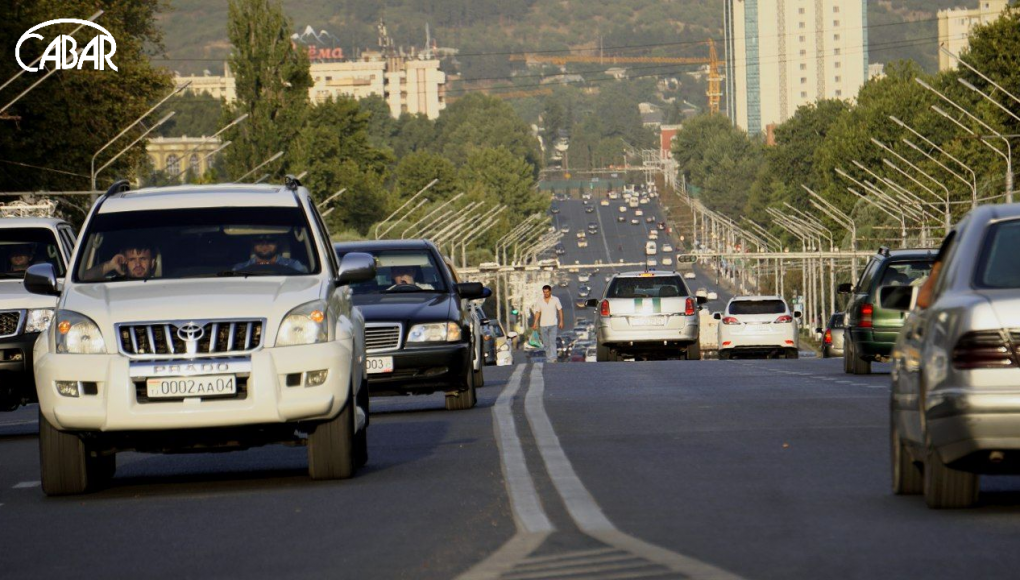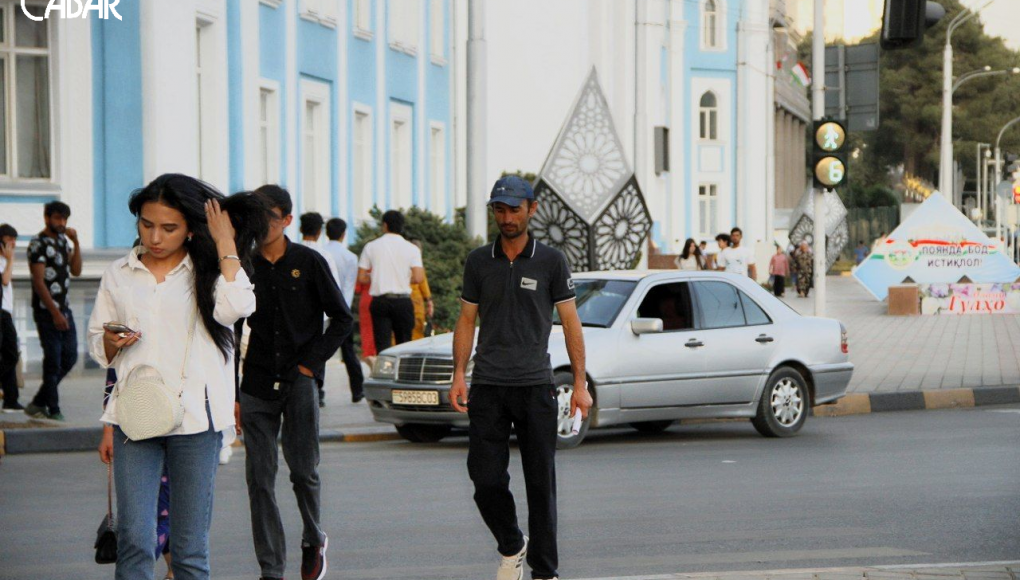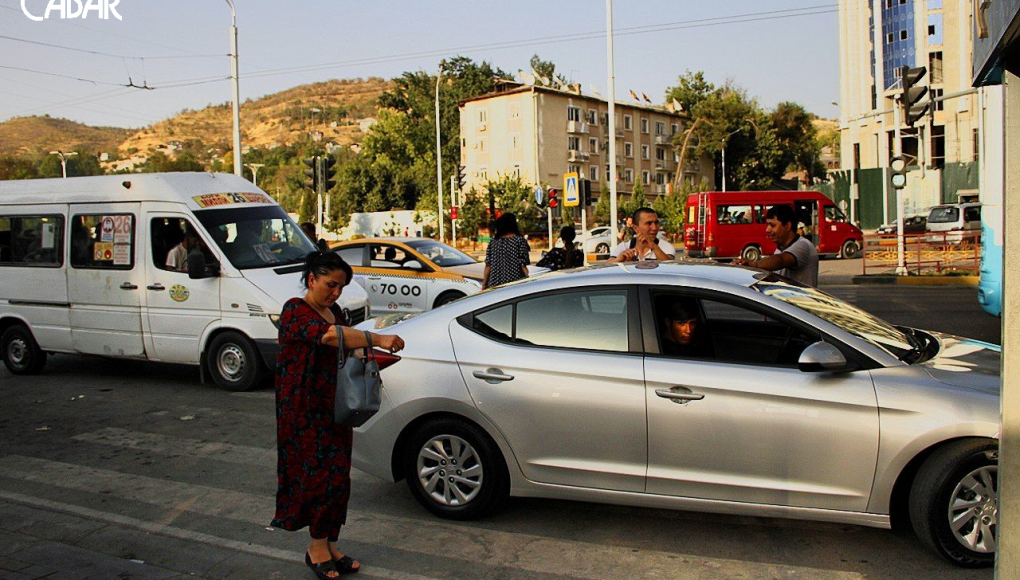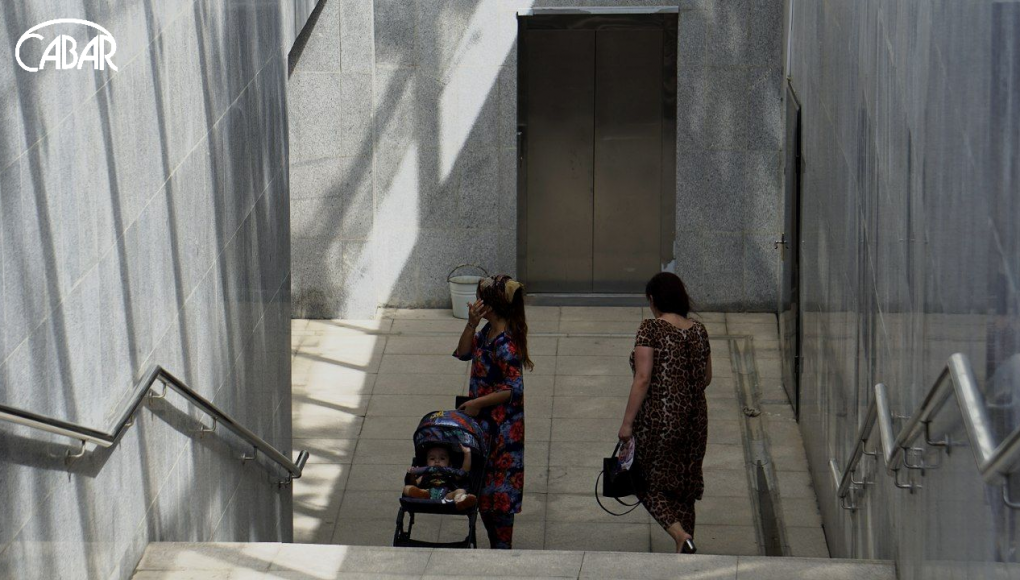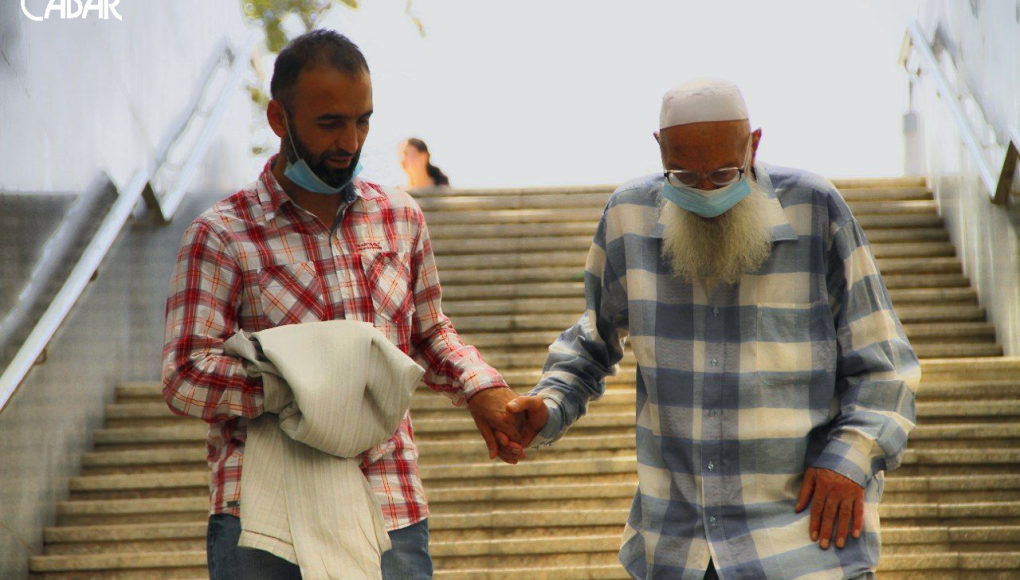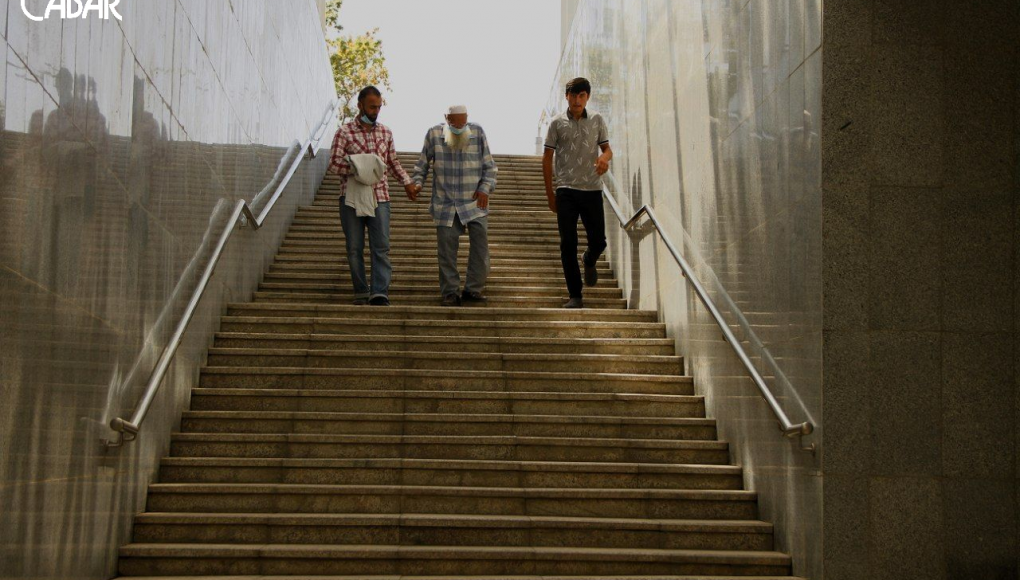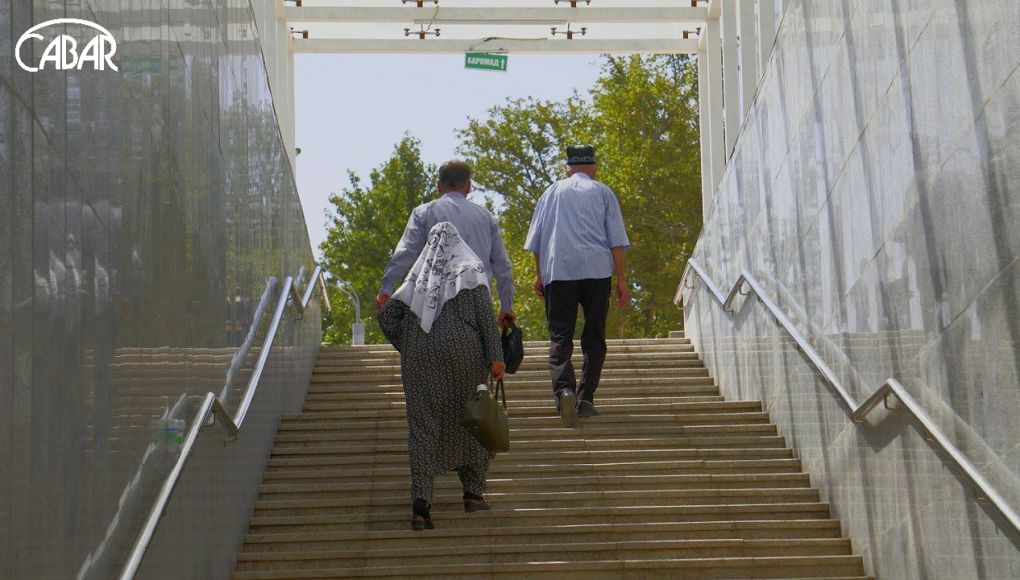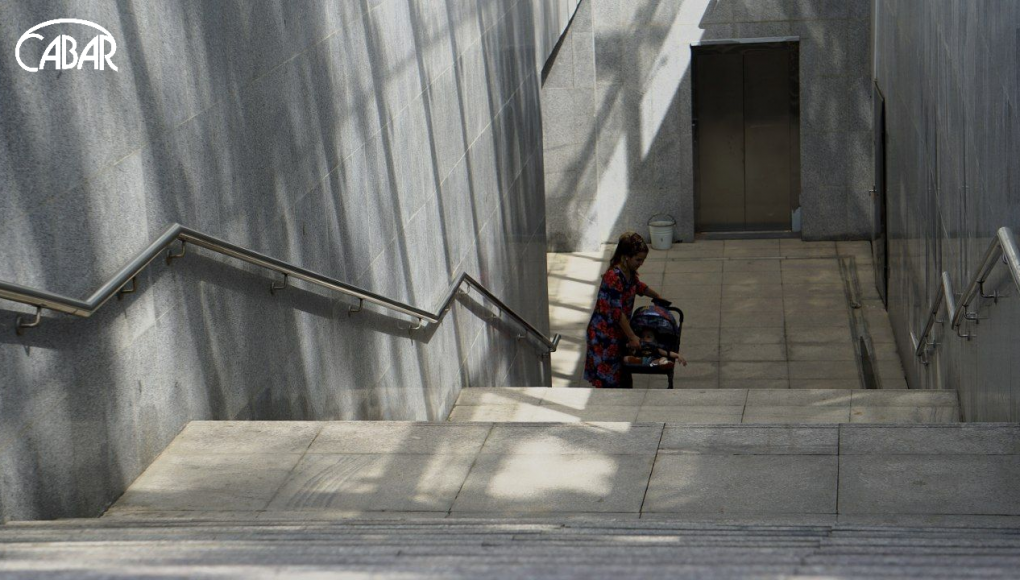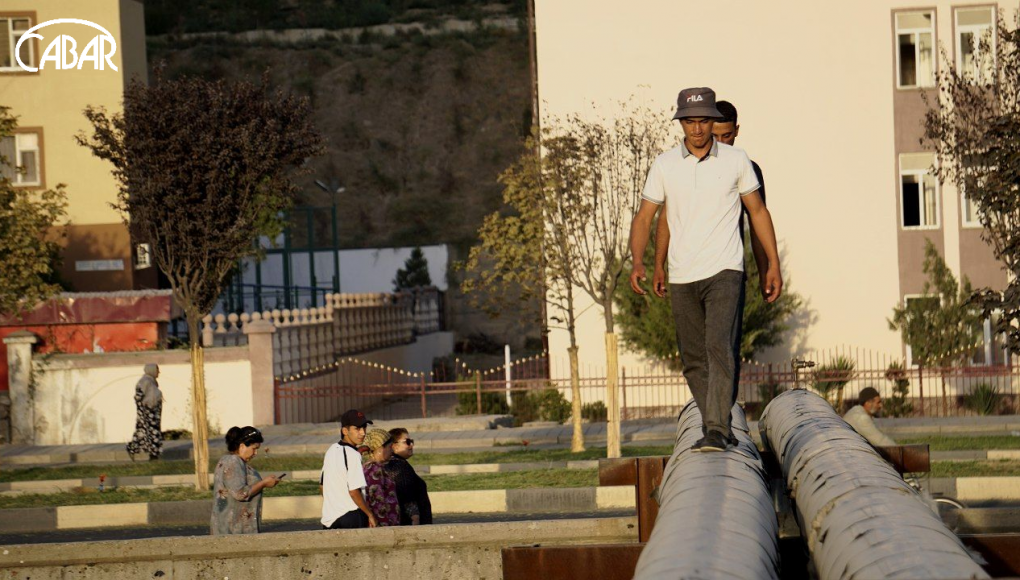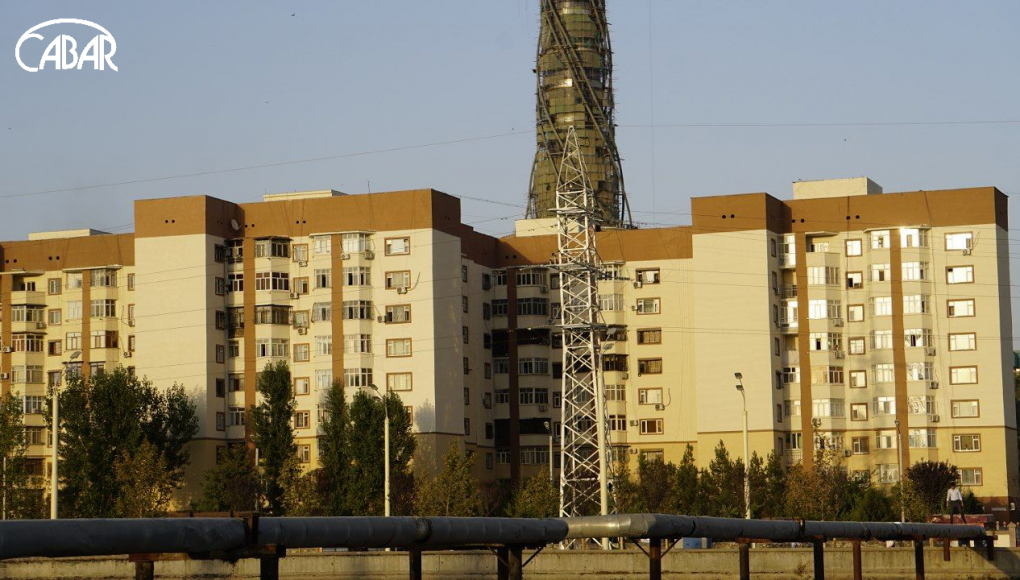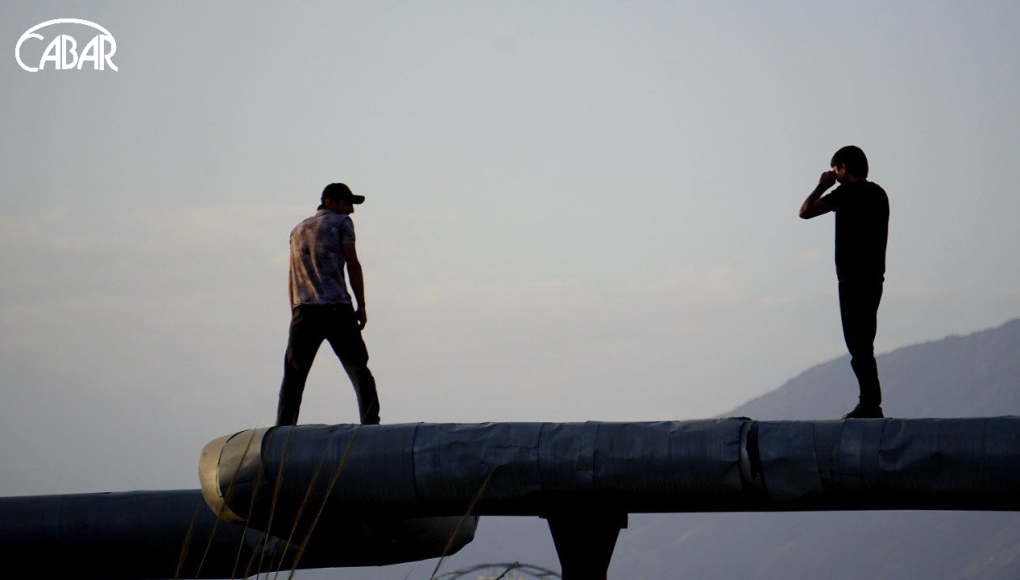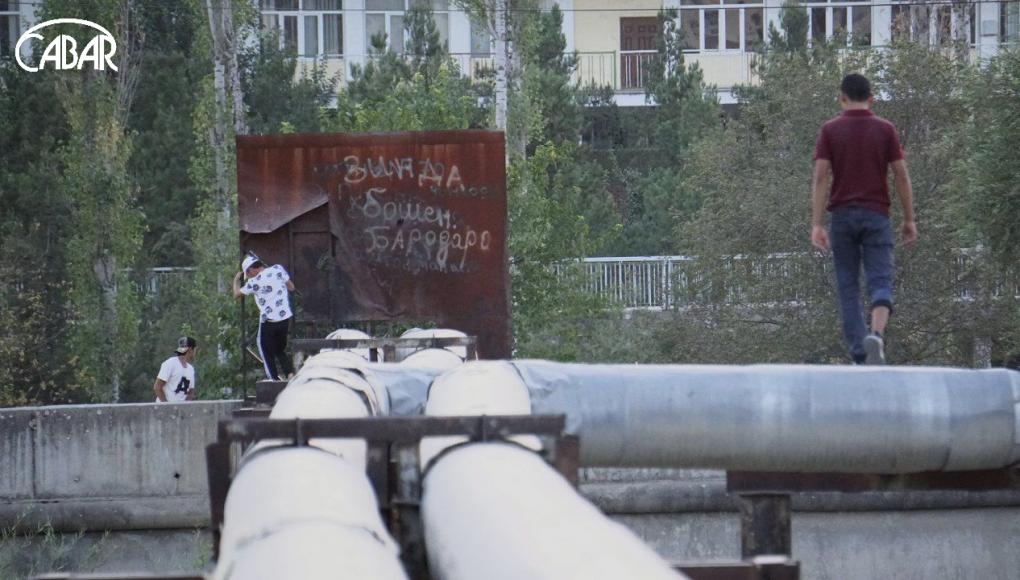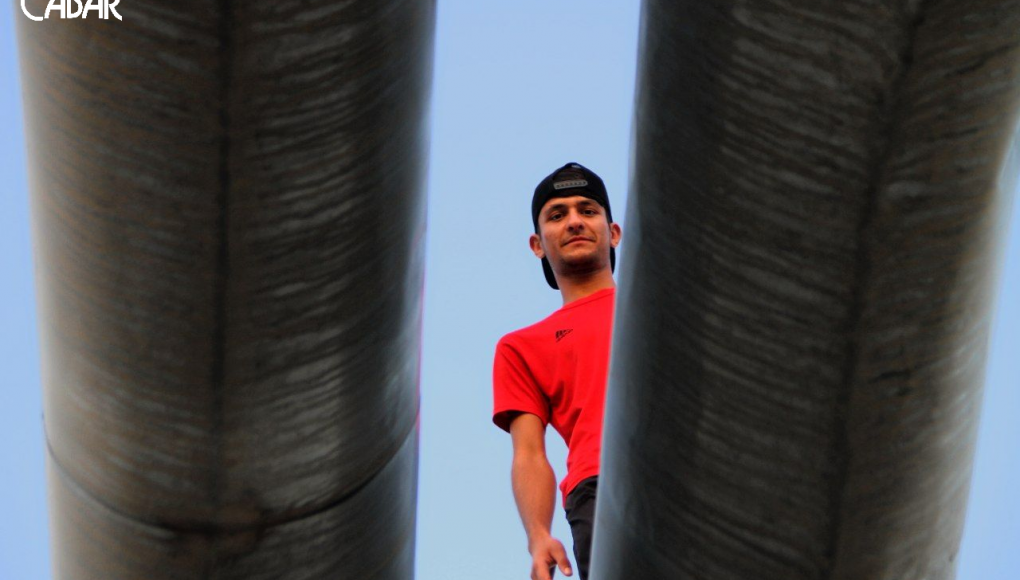Dushanbe residents often cross the roads where they please, breaking the rules, while drivers do not let people cross, exceed the speed limit, and sometimes drive into the oncoming lane.

According to the press center of the Ministry of Internal Affairs of Tajikistan, in the six months of 2021 there were 472 traffic accidents on the roads of the country. As a result of road accidents over six months 159 people died and 537 were injured.
According to experts, it is very important that the pedestrians themselves obey the rules of road safety, because often the accidents are their fault.

Perhaps the most obvious examples of inappropriate pedestrian behavior can be seen along Ismail Somoni Avenue from the descent near the Amphitheater to the new overpass at the intersection of Ibni Sino Street. There are two parks, the city zoo, the central stadium, and the student island on this stretch of road.

The crosswalks on this stretch of road on Ismail Somoni Avenue are too far apart because the road is connected by two large bridges and the largest overpass. Therefore, people often cross the street in the wrong place. This is where many accidents involving pedestrians occur.
Last year, the largest three-level overpass in the country was commissioned, which connects two parts of the city and eases the problem of traffic jams. The overpass has elevators for pedestrian convenience. However, these elevators have been out of service since the day they opened, making life difficult for elderly pedestrians and people with disabilities.
Many underpasses have no lighting. Therefore, pedestrians are afraid to use them for fear of falling down a dark and long staircase. Instead, risking their lives, people cross the road in the wrong place, which creates conditions for accidents.

The pedestrian walk to the Sadbarg Mall is always chaotic. Almost all road users do not follow the rules. Cab and shuttle bus drivers “catch” passengers in the front and middle lanes, drive through the street at a red light or stop the car right on the “zebra”, which increases the risk of accidents. Pedestrians, in turn, also cross the road at a red light or try to catch a cab in the middle lane. Surprisingly, this whole situation seems normal to everyone.

At various points in the city, especially on hot days, there are failures in the operation of LED traffic lights. Due to the heat and lack of coolers in the housings of traffic light systems, green and red colors are often displayed simultaneously on the boards. This also creates conditions for accidents, because drivers and pedestrians, guided by the scoreboard, may simultaneously try to cross the road.

Dushanbe is currently experiencing a construction boom. Many sidewalks are now blocked by fences or wrapped with construction tape, making it difficult for pedestrians to walk. People often take to the road to cross such areas.
The closest crosswalk on the way to the campus from 16 Hofiz Sherozi Avenue is 500 meters away. Therefore, some students cross the river by the heating pipes. Sometimes students fall and break their arms and legs here.
The crosswalk on Karamova Street is one of the few where there is an adjustable traffic light. There are very few of them all over the city.
This publication was produced as part of the mentorship programme under the Development of New Media and Digital Journalism in Central Asia project delivered by the Institute for War and Peace Reporting (IWPR) with support from the UK Government. It does not necessarily reflect the official views of IWPR or the UK Government


